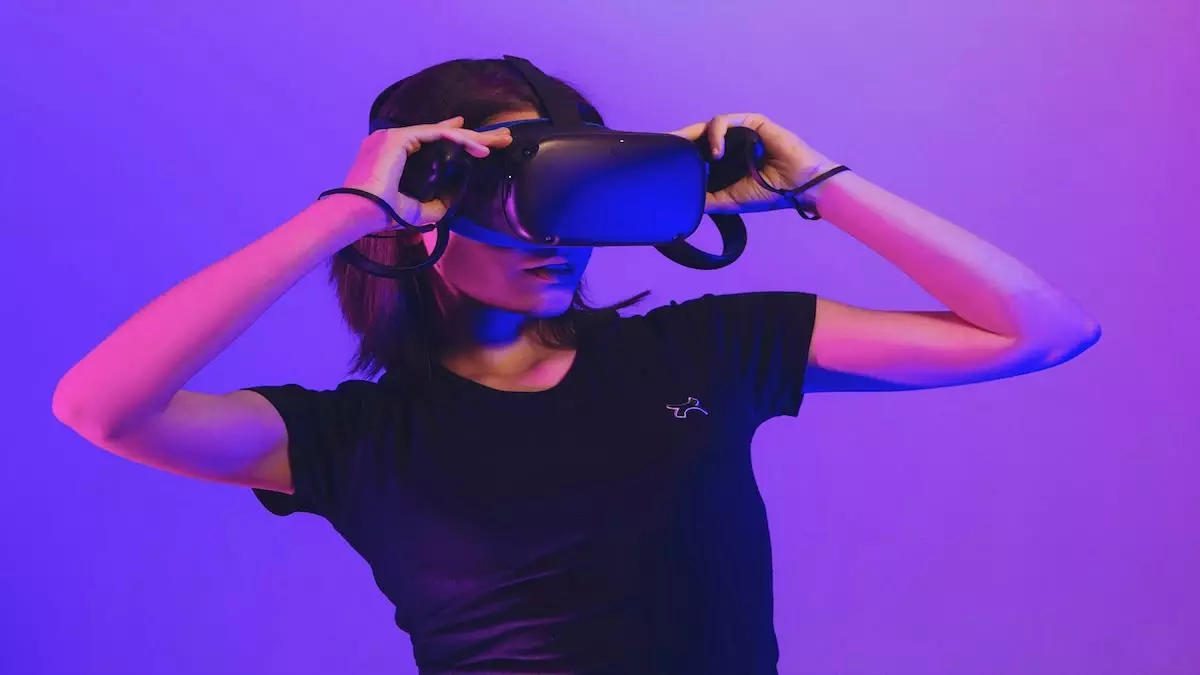Meta’s recent decision to cancel its next-generation mixed-reality headset has created quite a stir in the tech community. Was this move a necessary adjustment to the rapidly changing market dynamics, or a strategic misstep that relinquishes the opportunity to compete with Apple’s Vision Pro? The answer seems to lie somewhere in between as Meta navigates the delicate balance between innovation and meeting consumer demand.
Costly Endeavors and Strategic Realignment
The termination of Meta’s mixed-reality headset development stemmed from the exorbitant costs associated with advanced OLED display technology. While Meta’s Reality Labs division had ambitious visions for AR/VR, the financial toll of these endeavors resulted in significant losses for the company. CEO Mark Zuckerberg remains optimistic about the future of AR/VR technology but the cancellation of the headset signals a potential shift in strategy. Meta appears to be moving away from direct competition with high-end hardware manufacturers like Apple and focusing more on building its software ecosystem to attract users and developers.
The virtual reality market is currently facing turbulence, with mixed results from key players like Microsoft’s HoloLens and Google’s smart glasses. Apple’s Vision Pro also struggled to gain traction in the market, highlighting the skepticism surrounding the utility of high-priced mixed-reality headsets. Meta’s decision to cancel its next-gen headset could be seen as a strategic retreat from premium hardware offerings in favor of a more accessible AR/VR strategy.
Despite scrapping its premium mixed-reality headset, Meta remains committed to providing a range of hardware and software solutions for various AR/VR applications. By investing in more affordable and consumer-friendly products, Meta aims to democratize AR/VR technology and make it more practical for everyday use. The company’s focus on creating partnerships and collaborations with other tech firms and start-ups in the AR/VR space could pave the way for innovative solutions in AI integration and improved connectivity between devices.
While high-end products like Apple’s Vision Pro continue to grab headlines, the real growth in the smart glasses market is expected to come from more affordable and consumer-friendly options. Meta’s pivot towards making AR/VR technology accessible to the everyday consumer signifies a shift towards a more inclusive approach to technology. Despite the setback of cancelling its premium mixed-reality headset, Meta’s substantial investment in AR/VR positions the company as a key player in office and education markets.
Meta’s decision to abandon its next-generation mixed-reality headset reflects a larger strategic realignment towards a more inclusive and practical approach to AR/VR technology. By shifting focus from high-end hardware to more affordable solutions, Meta aims to capture a larger share of the expanding smart glasses market and drive innovation in the AR/VR space. As the tech landscape continues to evolve, Meta’s ability to adapt and align with changing market dynamics will be crucial in shaping the future of AR/VR technology.
















Leave a Reply